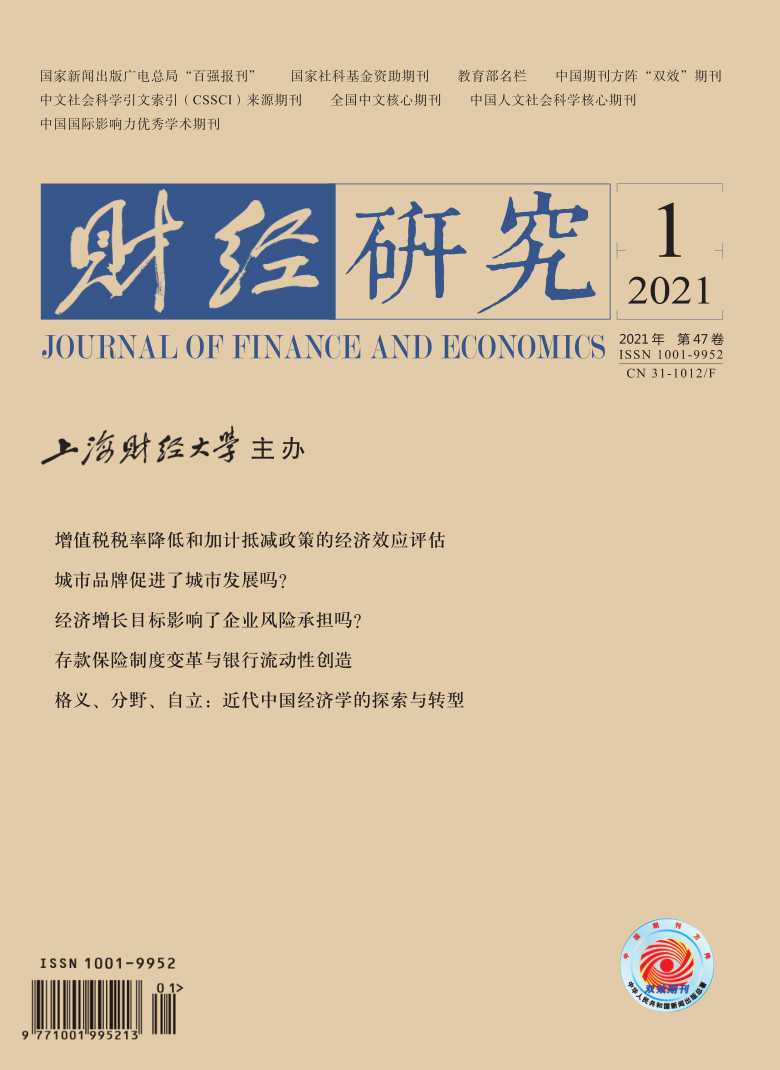In 2018, China’s personal income tax system ushered in the seventh reform after its introduction in 1980. In this reform, tax exemption and tax rate table are still the main adjustment objects. However, there are still a lot of debates on the actual distribution effect of such reform measures.
The specific research objects of this paper can be divided into the following two issues: (1) Can the common measures of personal income tax reform in China since 2005 bring a positive income distribution effect? (2) While adjusting income distribution, can the reform of personal income tax bring a positive welfare effect in the process of economic fluctuation? The research on the above two issues is not only conducive to improving the fairness of distribution, but also helpful to explore the new orientation of future personal income tax reform and realize the reasonable coordination between fairness and efficiency, which makes the research content more suitable for the reform and development needs of stable employment and stable growth under the new normal state of China’s economy.
In the process of research, this paper first constructs a new Keynesian dynamic stochastic general equilibrium (NK-DSGE) model with heterogeneous households and progressive personal income tax, and realizes the parameterization of the model with the usage of Bayesian estimation method. Then, using the NK-DSGE model, the dynamic simulation (impulse response analysis) of the effect of the personal income tax reform plan in 2018 (and the possible extensive plan in the future) is carried out. Finally, the welfare loss function is derived from the NK-DSGE model equations, and the efficiency decline and welfare loss caused by various personal income tax reform measures are calculated. Compared with the existing literature, the NK-DSGE analysis in this paper is not only limited to depicting the progressivity of tax rate (the progressive range of tax rate in the tax rate table), but also can simulate the effect of diversified personal income tax reform measures including tax exemption, and analyze the superposition and interaction of different reform measures based on flexible model construction and simulation analysis scheme design.
The results show that: (1) The increase of tax exemption expands the fluctuation of pre-tax income inequality and worsens the initial distribution under exogenous shocks such as loose monetary policy. Moreover, the increase of tax exemption weakens the adjustment ability of progressive tax rate to the primary distribution of income. (2) In the process of employment expansion, the change of tax burden brought about by the increase of tax exemption improves the after-tax income distribution. Moreover, after the increase of tax exemption, the increase of the progressivity of tax rate can further improve the income redistribution. Of course, the primary distribution effect and redistribution effect of personal income tax reform have the characteristics of state dependence, which will bring an opposite distribution effect when employment and labor income decrease. (3) Increasing the amount of tax exemption will lead to greater welfare loss, and at the same time, it will weaken the inhibitory effect of progressive tax rate on welfare loss.
The main policy enlightenment from the above research results is that future personal income tax reform should carefully adjust tax exemption and focus on the increase of the progressivity of tax rate, so as to better guarantee the high-quality development of China’s economy. In addition, we can also consider adding the dynamic rules of tax exemption which peg the aggregate fluctuation of employment and income to deal with the state dependence of the distribution effect of exemption adjustment policy, so as to make the adjustment of tax exemption produce continuous and positive distribution effects.






 6902
6902  4460
4460

